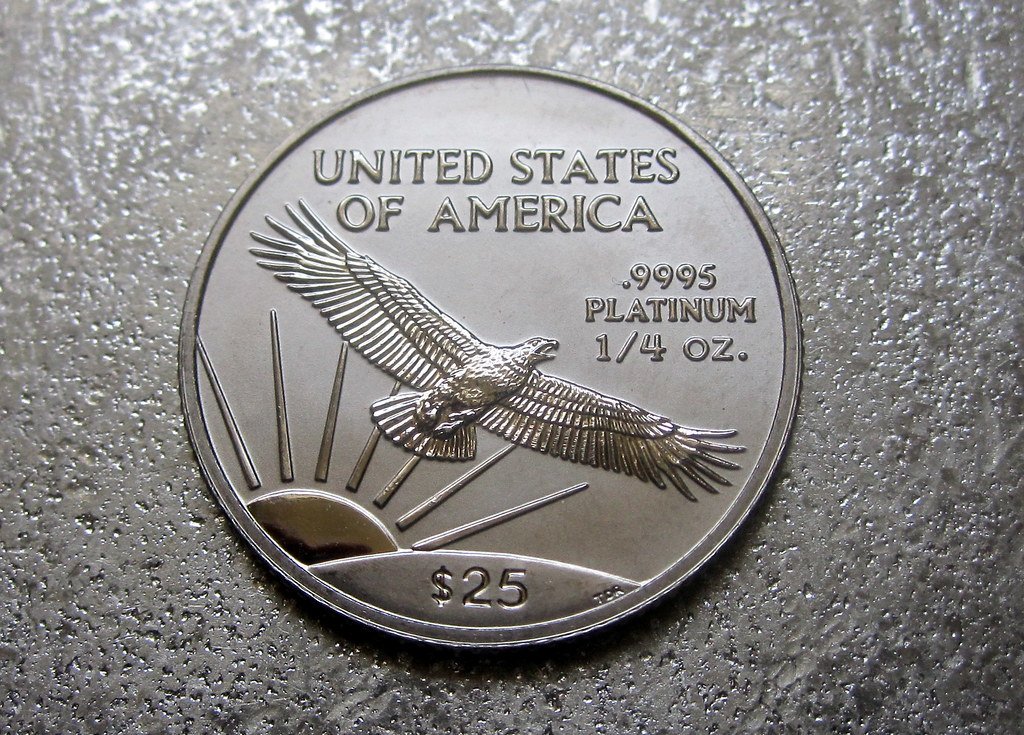Historical Performance of Platinum: Trends and Insights

When it comes to precious metals investing, gold and silver often steal the spotlight. However, platinum, often dubbed the “hidden gem” of the metals market, has a fascinating history that deserves attention. Analyzing the historical price trends of platinum provides valuable insights into market behavior, economic factors, and global events that have influenced its value over time. In this blog post, we will delve into the historical performance of platinum, discussing significant events that have shaped its price trends and offering insights for potential investors.
The Basics of Platinum
Platinum is a rare and precious metal used widely in various industries, particularly in automotive catalysts, jewelry, and electronics. Its scarcity—much rarer than gold—often makes it a favorable asset. The price of platinum has fluctuated significantly since trading first began in the early 20th century. Let’s explore some historical trends that have shaped the price of platinum over the decades.
Early 20th Century: The Rise in Industrial Demand
Platinum began to gain traction as an industrial metal after the 1970s. Complex processes like catalytic converters came into mainstream automotive manufacturing, leading to heightened demand. By 1979, platinum prices hit approximately $500 per ounce, driven by demand in the automotive sector, particularly in developed markets.
The 1980s – 1990s: Economic Stability and Price Fluctuations
The subsequent years saw a combination of economic events influencing platinum prices. The price peaked again in 1980, following the 1979 oil crisis. However, prices fell as the global economy stabilized, dropping to around $300 in the late 1980s.
In the mid-1990s, a new era began for platinum. The automotive industry saw a surge in demand for cleaner emissions due to environmental regulations, pushing prices back up. By 1997, platinum surpassed $500 per ounce again, signaling renewed interest.
The 2000s – The Surge to Historical Heights
The early 2000s witnessed platinum’s meteoric rise, largely due to robust demand from emerging markets, particularly China. In 2008, platinum prices soared to around $2,300 per ounce as a result of increasing demand coupled with challenges in supply due to strikes in South Africa, one of the primary sources of platinum.
However, the 2008 financial crisis presented a paradox; while many commodities saw price declines, platinum experienced volatility but eventually recovered strongly, demonstrating its rarity and value as a precious metal.
2010s – A Volatile Decade
Throughout the 2010s, platinum prices oscillated dramatically. They reached their lowest point in several years in 2015, closing around $850. Key influences included a decline in automotive demand due to the rise of diesel vehicles (which use less platinum than gasoline engines), and ongoing competition from palladium, which began to be adopted heavily in gasoline engine manufacturing.
The metal struggled to regain momentum, hovering between $800 and $1,100 for the next few years.
Recent Trends (2020s): Recovery and Resilience
Entering the 2020s, the COVID-19 pandemic initially caused a drop in all commodity prices, including platinum. However, as the global economy began to recover in 2021, demand for platinum surged again, particularly in the automotive sector, and prices began to stabilize in the $1,000 range.
As of late 2023, platinum has shown signs of resilience and recovery, partly driven by increasing investments in green technologies that utilize platinum in fuel cells.
Significant Influencing Factors on Platinum Prices
- Industrial Demand: The automotive industry is the largest consumer of platinum, impacting its price directly. Trends towards eco-friendly vehicles can lead to price volatility.
- Economic Conditions: Inflation, currency fluctuations, and overall global economic health have a profound effect on platinum’s market value.
- Supply Challenges: Mining activities, strikes, and geopolitical issues can disrupt supply chains, leading to fluctuations in prices.
- Investment Demand: Similar to gold, platinum is viewed as a safe-haven asset by investors during economic turmoil, affecting demand and prices accordingly.
Conclusion: Insights for Investors
For potential investors, understanding platinum’s historical performance provides a roadmap for navigating the complexities of this precious metal’s market. Given its volatility and the range of factors influencing its price, entering the platinum market necessitates a thorough analysis of both historical trends and future projections.
As always, diversification and careful research are key in any investment decision. For those looking to understand more about precious metal investments or tracking market conditions, consider resources such as:
In conclusion, while often overshadowed by gold and silver, platinum presents unique opportunities and challenges for investors willing to navigate its historical winds and understand the trends that continue to shape its performance.
Leave a Reply